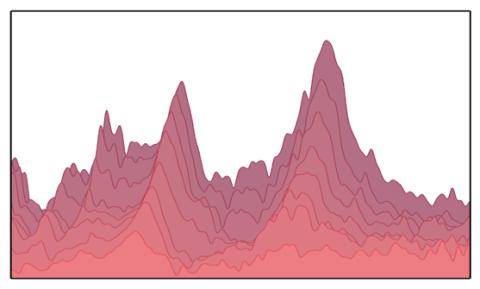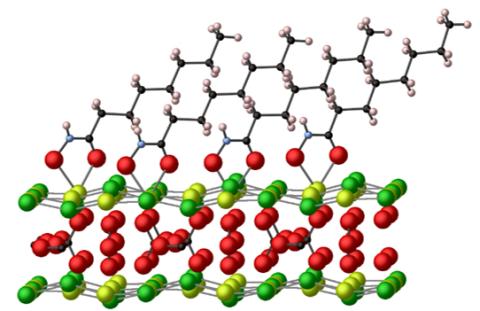
CMI researchers at Oak Ridge National Laboratory conducted the research for this highlight
Achievement
A complex, concentration-dependent reaction mechanism for adsorption of a promising collector ligand onto the most common rare earth element (REE) ore mineral was discovered.
Significance and Impact
The discovery implies that the adsorption mechanism affects selectivity and recovery of REEs, suggesting guidelines to improve rational collector design.
Research Details
- Alkyl hydroxamic acid adsorption onto bastnäsite (nominally CeCO3F) was probed using attenuated total reflectance Fourier transform infrared spectroscopy, sum frequency generation, density functional theory, and isothermal titration calorimetry.
- Adsorption mechanism was found to shift as a function of surface collector concentration, from mono- to bi-dentate chemisorption onto cerium surface sites on the mineral.
- Bidentate sorption is expected to be more selective for specific REEs, but the higher solution concentrations necessary to achieve this also float more gangue. In an optimal collector, the conformational shift would occur at a lower concentration.

